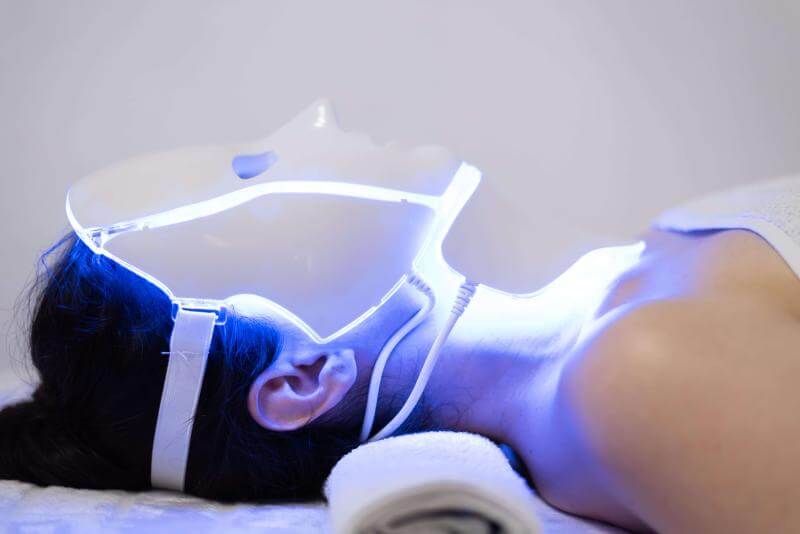
Listen to the podcast On en parle
Photobiomodulation, a proven medical technique
Exposure to certain wavelengths of light to stimulate biological responses, known as photobiomodulation, is not a recent idea. The technique has been scientifically recognised since 1903, when the Nobel Prize for Medicine was awarded for work on light and its therapeutic effects. First used by NASA in the 1990s to help astronauts compensate for the lack of natural light, it was then incorporated into the medical field. Today, it is used in radiation oncology to reduce some of the side effects of radiotherapy. Dr Ambroise Champion, a specialist in radiation oncology, explains: ‘In oncology, the photobiomodulation technique is used to reduce inflammation, attenuate skin lesions or irritation, promote healing and have a pain-relieving effect.
Hôpital de La Tour uses photobiomodulation in oncology to reduce the side effects of radiotherapy. This technique is based on the application of a low-intensity laser, which stimulates cell regeneration and reduces pain. Photobiomodulation is particularly recommended for soothing skin irritations and treating oral lesions frequently induced by breast and ENT cancer treatments. Painless and without contraindications, it can be used both as a preventive measure and as a complement to treatment to improve patients' quality of life.
LED masks: questionable effectiveness
LED masks promise spectacular results on the skin by using lights of different colours: blue to treat acne, red to prevent skin ageing, green to attenuate scars. But can these devices be compared to a medical device? In hospitals, these technologies are highly calibrated, complying with strict standards in terms of wavelength and power. In comparison, the versions sold to the consumer market vary considerably in quality. To be effective, the light must penetrate the skin with sufficient intensity, a parameter rarely detailed by manufacturers.
Risks to consider
While the ineffectiveness of a low-end LED mask seems to be the main drawback, there are more worrying risks. Some devices may emit uncontrolled wavelengths, or even ultraviolet rays, which are known to promote premature skin ageing and the risk of skin cancer. The lack of certification and strict controls on these devices raises doubts about their safety.
Dr Champion warns: ‘A poorly calibrated device can transmit inappropriate wavelengths, or even harmful ultraviolet rays. It is therefore crucial to ensure the reliability of the device used."
Conclusion: proceed with caution
The hype surrounding LED masks is partly based on sound science, but their application in the cosmetic field still requires in-depth study. While photobiomodulation is a promising technology, its effectiveness depends on a number of factors, including the power and precision of the wavelengths used. Until the market is better regulated, it is advisable to be careful and opt for certified devices.